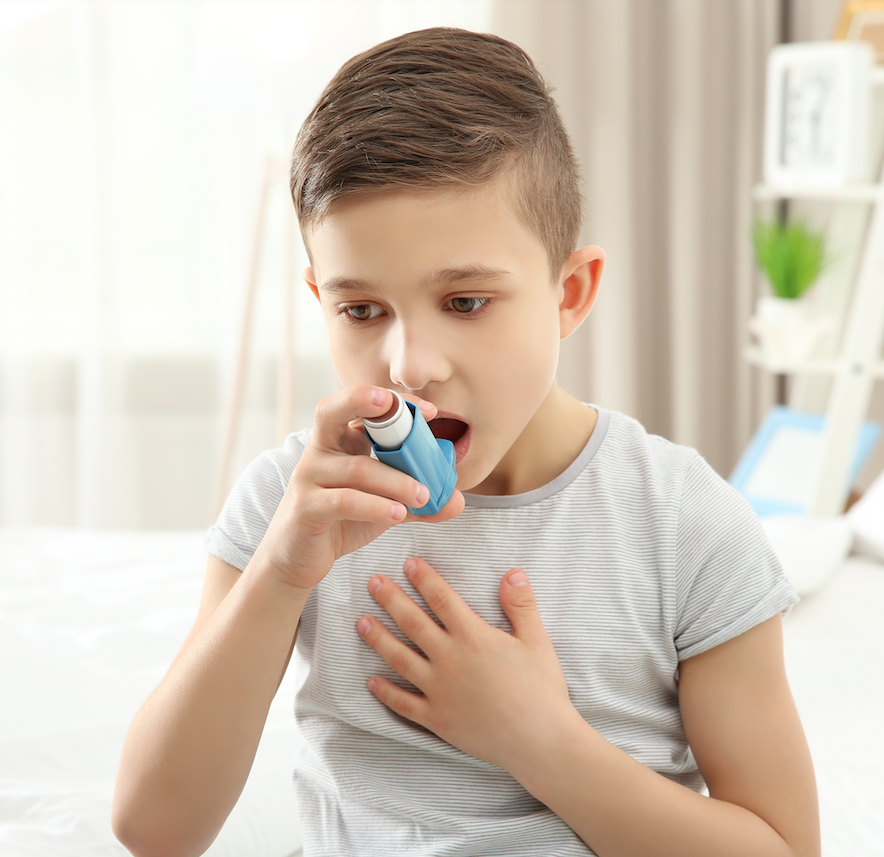Article
Exacerbations, Hospitalists, and the Future of COPD
Author(s):
What can hospitalists do to diagnose COPD at the time of an exacerbation, and become better at acute management of the disease?
Approximately 12 million Americans suffer from chronic obstructive pulmonary disease (COPD); in addition, 12 million may remain undiagnosed. COPD is a debilitating disease characterized by airflow obstruction resulting from involvement of the airways and/or pulmonary parenchyma. Symptoms may include shortness of breath, chronic cough, poor exercise tolerance, wheezing, and respiratory failure.
Since many patients with COPD seek treatment from their primary care physician or from hospitalists after they suffer a worsening of symptoms, those clinicians should have the latest information on best practices for diagnosis and treatment. For this article, MD Magazine: Peers & Perspectives convened three COPD experts to discuss the detection and treatment of the condition.
Our panel was moderated by Peter Salgo, MD, professor of anesthesiology and internal medicine at Columbia University in New York City. The panel included some of the country’s leading COPD specialists: Antonio R. Anzueto, MD, professor of medicine at the University of Texas Health Science Center at San Antonio; Ravi Kalhan, MD, director of the asthma and COPD program at the Northwestern University Feinberg School of Medicine, Evanston, Ill.; and Barbara Yawn, MD, director of research at the Olmsted Medical Center in Rochester, Minn.
Exacerbations, Hospitalists, and the Future of COPD
Like all conditions, COPD can progress and become worse despite treatment. This often results in exacerbations, episodes of worsening respiratory symptoms, including increased cough, discolored sputum, or increased dyspnea. Exacerbations tend to become more frequent as COPD progresses, but this is not always the case. What is a given is that exacerbations are a major cause of morbidity and mortality.
“I think it’s a missing component of the message about COPD that exacerbations, and especially exacerbations severe enough to result in a hospitalization, are extremely important watershed events in the life of a COPD patient,” Kalhan said. “The one-year mortality following a hospitalization for COPD, depending on the study you read, is between 15% and 25%. That’s enormous.”
Salgo said he had not heard that number before and called it “shocking.”
“It’s extremely high,” Kalhan said, “and that should result in optimization of management, implementation of an exacerbation reduction strategy so people don’t have recurrent exacerbations and hospitalization. I think it probably should result in extremely high consideration for referral to a pulmonary specialist.”
Given that exacerbations often land patients in the hospital for several days, hospitalists play a big part in their care, but they are often unable to recognize COPD patients with exacerbations. “They may think, ‘Oh, this is probably severe bronchitis,’” Yawn said. “Maybe it ends up in pneumonia. Sometimes they think about congestive heart failure for a while before they get all the tests. It is the hospitalists that usually will diagnose COPD at the time of an exacerbation, but they only do it about two-thirds of the time. So we need to get the hospitalists to think about COPD also.”
On the whole, she said that hospitalists are becoming much better at acute management of COPD, though there are still some problems with discharge planning and ensuring that patients are back in their primary care physician’s or pulmonologist’s office within seven to 10 days of discharge.
She recommended that hospitalists ensure that patients know how to use the inhalers they are being sent home with, that they have the rest of the oral steroid boost that they were likely given, and that they are signed up to start pulmonary rehabilitation three or four weeks after they are discharged. “And make darn sure that you send me a note that tells me what you did while they were in the hospital, please, so I have some clue,” she quipped.
No matter who is treating the condition, the best thing clinicians can do is ask the right questions. “‘Are you short of breath,’ is not a good enough question,” Kalhan said. “The message has to be that the disease is absolutely, positively treatable, that the exacerbations can be prevented, that quality of life can be improved, and that we need to apply treatment to patients in the context of viewing the whole patient in a multiple, systematic way.”
Anzueto said the main message needs to be that COPD is a treatable disease if the patients receive proper therapy. “By therapy, I mean there is a partnership that would involve smoking cessation, exercise, and pharmacotherapy. With all these three legs together, the disease can be impacted, exacerbations can be decreased, and we may decrease mortality.”
In the end, Yawn said, the most important thing for clinicians to do is to use the tools available to them, whether that is a focused set of questions, pre- and post-bronchodilator spirometry, patient education, or adequate patient followup. “You can’t just start therapy and say, ‘Well, I’ll see you whenever.’ They need to know they have to come back,” she said. “I think they also need to find a pulmonologist colleague that they can talk with and they’re comfortable with. Whether you’re in a rural area and you have to do it by telephone, or there is one across the street, find a pulmonologist that you are comfortable with and who will answer your occasional questions by
e-mail or phone,” she added. “I find that is just so much more comfortable for me than feeling like I have to do this all myself.”
For the entire discussion on MD: Peers & Perspectives, click here.
We want to know what you think:In your experience, how successfully are exacerbations in COPD patients treated at the hospital level?





